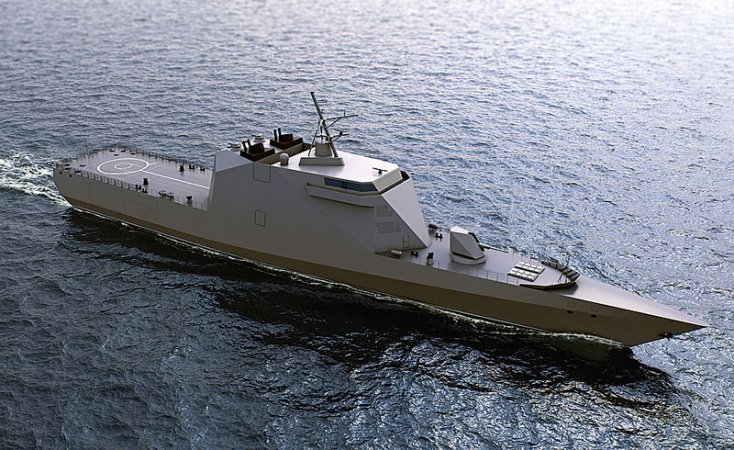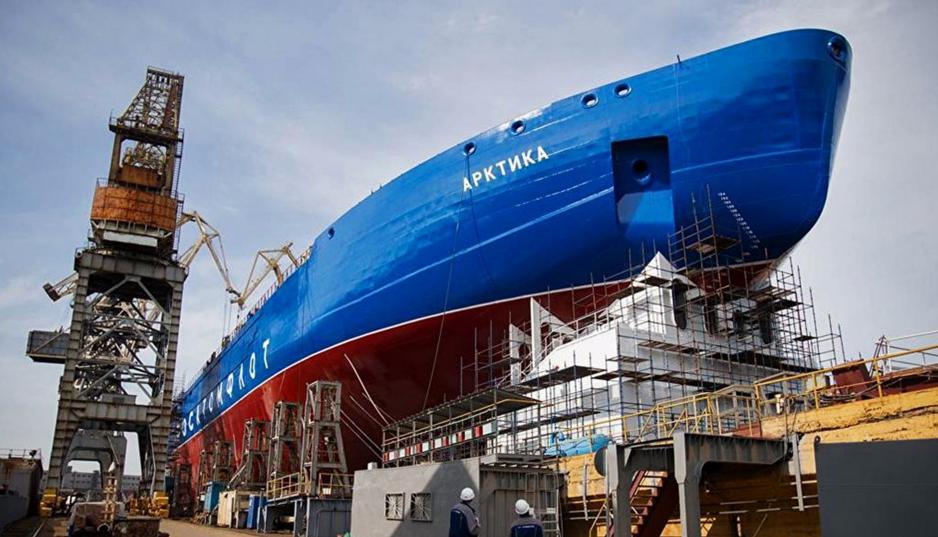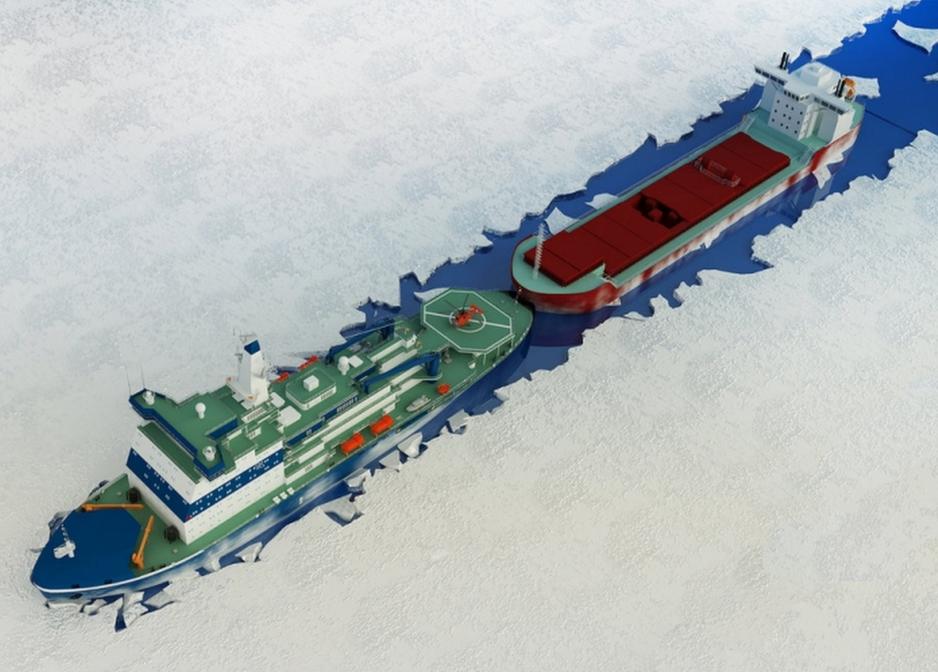Jura The idiot
General
what do you think

RUSSIA: launch of the Veliky Novgorod Project 636.3 Varshavyanka-class diesel submarine. In the final picture the submarine is docked at Black Sea Fleet's 4th Independent Submarine Brigade base, in Sevastopol's South Bay.




It was done to clear the torpedo hatches out of the water, you can see there is a ramp to one of the open hatches.Gee Timepass, in this last photo she's about to sink, they've got her trimmed very, very tail low, if you check the datum line on the bow, that's where she should be sitting? obviously we don't see any of the tail fins?? maybe that's the idea?
© Donat Sorokin/TASS
MOSCOW, April 12. /TASS/. Government certification of the new air defense system S-350 Vityaz are about to be completed successfully and the first batch has begun to be manufactured, Deputy Defense Minister Alexei Krivoruchko said on Friday.
"The successful launches carried out on March 26 completed the government certification tests of the new air defense system S-350 Vityaz, expected to replace the S-300PS. Simultaneously the manufacturing of the first serial set has begun. It will be provided in 2019," Krivoruchko said.
The air defense system S-350 Vityaz developed by the concern Almaz-Antey for battlefield air defense has a maximum range of 60 kilometers and altitude of 30 kilometers. It is meant for hitting aerodynamic and ballistic targets. One system is armed with twelve air defense missiles.
S-350 Vityaz is designed to defend important administrative and military facilities from airstrikes. It operates automatically and the team deploys and controls the weapon. S-350 includes command post 50K6E, multifunctional radars 50N6E and launchers 50P6E with 12 9M96E2 missiles each. It can simultaneously fire at 16 air or 12 ballistic targets. The maximum range is 60 km and 30 km in altitude. The deployment time is five minutes. The crew comprises three men.
Russia looking to add additional nuclear icebreaker capacity
Published at: Feb 27 2017 - 12:06 / Updated at: Feb 27 2017 - 12:06
Russia is aiming to add three more nuclear icebreakers, two LK-60Ya-class and one LK-100Ya-class, in addition to the three LK-60Ya-class currently under construction, announced Stanislav Golovinsky, Deputy General Director for Development and head the Atomflot branch in Moscow at The Arctic-2017 conference in Moscow.
from
Russia is aiming to add three more nuclear icebreakers, two LK-60Ya-class and one LK-100Ya-class, in addition to the three LK-60Ya-class currently under construction, announced Stanislav Golovinsky, Deputy General Director for Development and head the Atomflot branch in Moscow at The Arctic-2017 conference in Moscow.
"The number of icebreakers should and will increase. Three double-draft nuclear-powered icebreakers — Arktika, Sibir and Ural — are being built. But it will be necessary to build a fourth and fifth icebreaker and the flagship icebreaker," Golovinsky explained.
An ageing fleet faces increasing demand
Currently Russia operates six nuclear icebreakers: two shallow-draft river icebreakers Taymyr (in service since 1989) and Vaygach (1990) and four powerful Arktika-class icebreakers, Rossiya (1985), Sovetskiy Soyuz (1990), Yamal (1993), and 50 Let Pobedy (2007).
Dmitry Fishkin, Deputy Director of the Department for the Development of Interregional and Cross-Border Cooperation of the Economic Development Ministry sees a particular shortage in capacity starting in 2021. At this point many of Russia’s Arctic economic projects, including oil and gas developments, along the Northern Sea Route will become operational, while at the same time some of the existing nuclear icebreaker fleet will have reached the end of their lifetime operating limits.
While the service life of nuclear icebreakers can be extended, three of the Arktika-type nuclear icebreakers have surpassed their original design limit of 100,000 hours over 26 years. Rossiya commissioned in 1985 has been in operation for 31 years while accumulating more than 177,000 service hours.
Due to the shortage of immediate replacements, Golovinsky noted that Atomflot is currently working on extending capacity up to 250,000 hours. But even with additional measures to extend operational time, there are limits as to how much longer the three oldest nuclear icebreakers of the Arktika-class will be able to operate.
A new generation of nuclear icebreakers under construction
Russia began construction of a new generation of nuclear icebreakers to replace the Arktika-class in 2013. As of 2017 three ships of the new LK-60Ya-class have been laid down and the first vessel named Arktika was launched in June 2016 and is expected to enter service in 2018.

Launch of the the Arktika - the first vessel of the new LK-60Ya-class of nuclear icebreakers - on June 16, 2016. (Source: Courtesy of Baltic Shipyard)
Two additional vessels, Sibir and Ural, are expected to follow into service by 2021. The LK-60Ya-type icebreakers will be slightly larger than the Arktika-class and will be the largest icebreakers operated by any country.
Arktika-class LK-60Ya-class LK-110Ya/Leader-class
Length, m 148-159 173 ~200
Beam, m 30 34 ~38
Draft, m 11 8.5-10.5 ~12
Shaft power, MW 49 60 110
Icebreaking capability, m 2.25 2.8 4
The goal of year-round commercial navigation
In addition, Russia is also in the process of finalizing design decisions for a new flagship icebreaker, called the LK-110Ya-class or Leader-class by 2018.
According to Mr. Golovinsky, the project’s planning costs total an (US$22.3 million) with 780 million rubles already set aside in the 2017 federal budget. Construction is .
This latest class of icebreakers would be and escort up to 200,000 deadweight tonnage, compared to a 34 meters wide channel for the LK-60Ya-class.

Illustration of the LK-60Ya-class icebreaker breaking a channel through the ice. (Source: Courtesy of Rosatomflot)
The Leader-class will also be able to break thick winter ice up to 4.3 meters compared to around 2.8 meters for the LK-60Ya-class. A key aspect to ensuring reliable and speedy escorts for commercial vessels during winter is the Leader-class´ability to break up to 2.5 meters thick ice continuosly at 10 knots, a capability the current fleet of icebreakers lacks.
